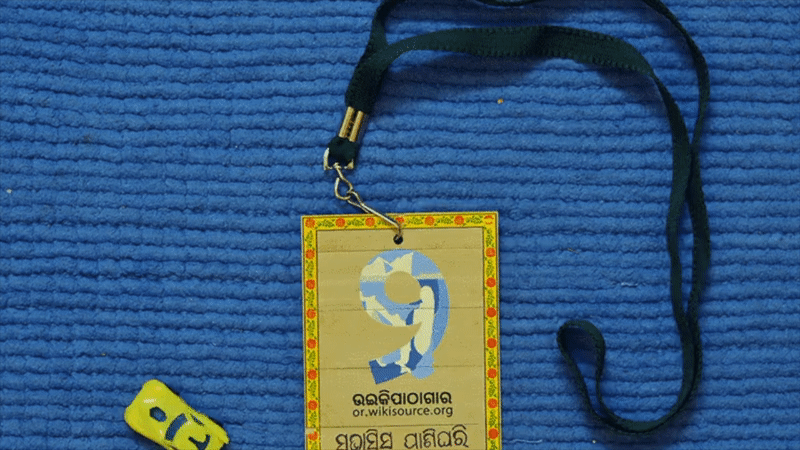Course Introduction | Definition and techniques
This week will be an introduction to the course, with an overview of the syllabus, the course materials and the platforms we will be using. This is an OER course, which means Open Educational Resource, so there is no textbook. All of the materials for reading and viewing will be on this site.
We will also discuss some basic concepts related to animation, such as persistence of vision and frame rate.
Jump to the different sections with the links below:
Course materials, and online streaming platforms | What is animation? | Persistence of Vision | Frame Rate | Assignment
Course Materials and Platforms
If you have not already done so, please create an account on OpenLab. After you have created your account, join this course. The instructions are here.
Make sure you are enrolled in the course on Blackboard. You can login through this link.
We will be using the Kanopy streaming video service to view some films and clips. Please make sure that you have signed up for an account with your BMCC credentials. Instructions on the library site . Use this URL to create your account/login: https://bmcccuny.kanopy.com. We will also be viewing films and clips on other platforms, such as YouTube.
Jump to the different sections with the links below:
What is animation? / Persistence of Vision / Frame Rate
What is animation?
Animation is the illusion of movement created by a series of sequential images that are displayed at a rapid rate. We are familiar with animation in film or television, yet we know that animation can be created in other devices, such as flipbooks and optical toys like the zoetrope. In film animation, frame rate refers to how many frames are projected per second. Frame rate is key to animation; if the frame rate is too slow, the illusion of movement is destroyed.
There are a number of standard techniques that have been used to create animation since the origin of cinema. In 2D animation, a series of sequential drawings are created, then photographed to be played back at a specific frame rate. Stop motion has also been used since the early days of cinema. Objects are moved or adjusted a small amount and each adjustment is photographed. More recent methods include computer generated imagery (CGI), using hardware and software to create animation using computers for 3D animation and visual effects. In this class we will be looking at the origins of animation and moving on to study how animation production models and styles evolved throughout the world using these techniques.
2 D Animation


Stop Motion Animation

Computer Animation (CGI)

The film below explains the theory of how we perceive motion in a set of sequential images and how it has evolved over time..
Persistence of Vision
What creates this illusion of motion that we see demonstrated in animation? A theory of perception called persistence of vision was first named by English-Swiss physicist Peter Mark Roget. He described it as a phenomena in which an object that was moving at a particular speed would appear to be static. The term later became identified with a theory put forward by Joseph Plateau, the inventor of the optical toy the phenakistiscope, that successive images stayed on the retina of the eye which then combined them, creating the illusion of motion. This theory was accepted into the 20th century, when psychologist Max Wertheimer conducted experiments that led him to believe that the brain was involved in processing the information in this phenomenon, not merely the retina. In 1915 Hugo Munsterberg postulated that the apparent motion we perceive involved the brain. Subsequent research has shown that properties of vision, such as color, motion, depth, are transmitted to to the brain from the retina and are joined together in visual cortex.
“Persistence of vision is the optical phenomenon where the illusion of motion is created because the brain interprets multiple still images as one. When multiple images appear in fast enough succession, the brain blends them into a single, persistent, moving image.
The human eye and brain can only process about 12 separate images per second, retaining an image for 1/16 of a second. If a subsequent image is replaced during this time frame, an illusion of continuity is created. ” (from Maia, Alyssa, “What is Persistence of Vision? Definition of an Optical Phenomenon” StudioBinder.com May 11, 2020 https://www.studiobinder.com/blog/what-is-persistence-of-vision-definition/)
Frame Rate
It’s important to remember that frame rate is based on properties of human vision, how our brain processes the information that our eye perceives. At a frame rate of one drawing per second, you perceive each drawing as a completely separate entity. As you increase the frame rate, you begin to see a choppy illusion of movement. At around 10-12 frames per second, the illusion is consistent, though if becomes much smoother if you keep increasing the rate. Film animation is traditionally 24 frames per second.
“Frame rate (expressed in frames per second or FPS) is the frequency (rate) at which consecutive images called frames appear on a display. The term applies equally to film and video cameras, computer graphics, and motion capture systems. Frame rate may also be called the frame frequency, and be expressed in hertz.
The temporal sensitivity and resolution of human vision varies depending on the type and characteristics of visual stimulus, and it differs between individuals. The human visual system can process 10 to 12 images per second and perceive them individually, while higher rates are perceived as motion” (from “Frame Rate” Wikipedia)
ASSIGNMENT: Setting up Open Lab + Journal entry
- Follow these instructions to log in to Open Lab, to join this course, and to learn how to post your journal entries
- Respond to your professor’s journal entry prompt (examples can be found on this page)